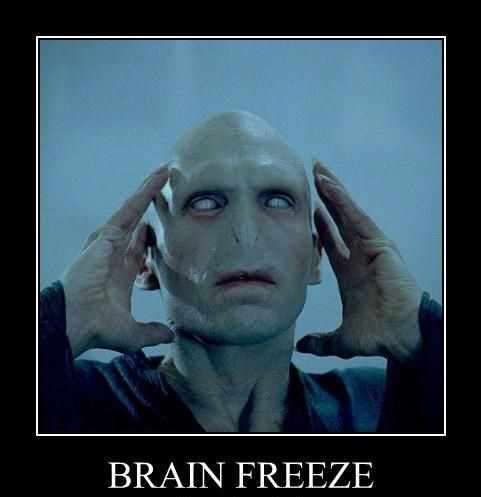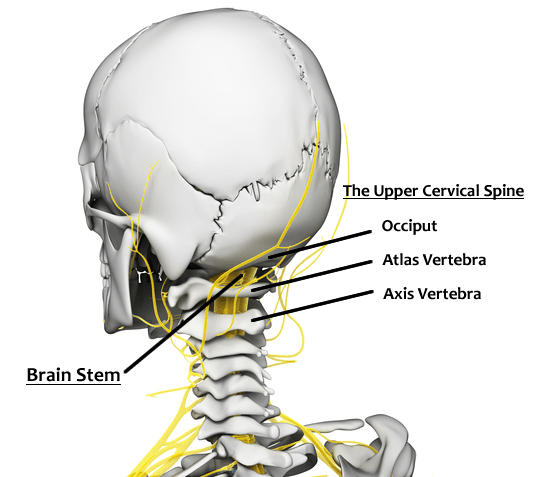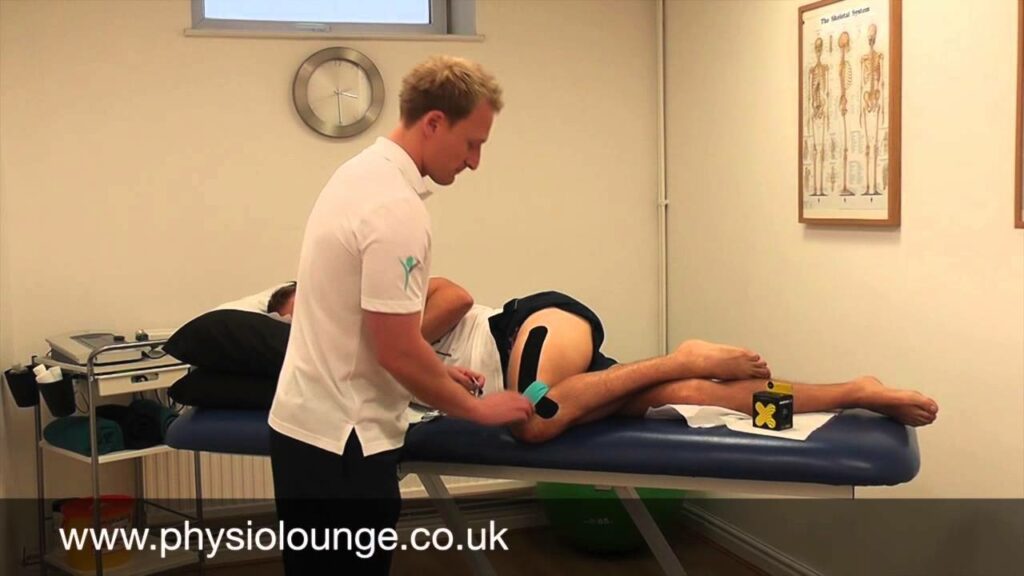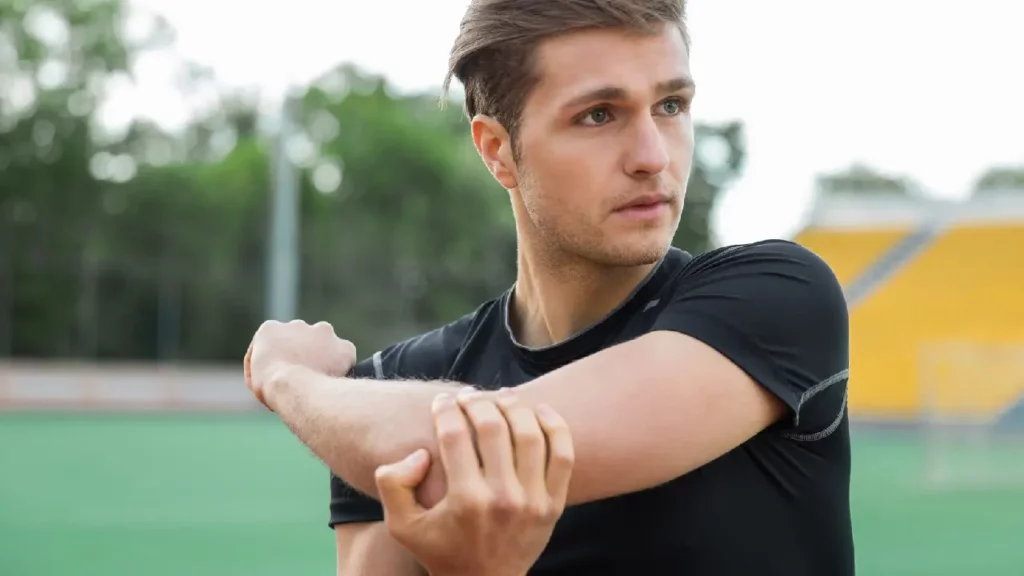Everyone’s had headaches before…whether it’s a symptom of the flu, stress and muscle tension or eating your ice cream too fast!!!!

There are many reasons as to why you might have pain in your head, being over zealous with your Cornetto is just one of those. It is therefore crucial to identify the cause of your symptoms in order to appropriately treat them. Most headaches are not serious and can be treated with activity modification and lifestyle change, physiotherapy and medication.
Causes
Headaches can be an indication of something more serious in a small number of cases. Pathology that can cause headaches include tumours, aneurysm and systemic illnesses like meningitis. This is why it’s crucial to properly investigate symptoms of headache. If you have any of the following symptoms we would advise that you get checked properly by a doctor or physiotherapist:
- Headaches that are new or different from your normal
- “Thunderclap” headache.
- Weakness in the limbs, memory loss and sensation loss
- New headache onset over the age of 50 years.
- If you have a headache along with systemic symptoms like weight loss, fever etc
There are more than 300 causes of headache symptoms but the majority of headaches can be grouped into three distinct causes:
- Cluster Headache
- Tension Headache
- Migraine
It is possible for you to suffer from overlapping causes of headache. You might have an issue in the neck causing a tension headache (Cervicogenic headaches). This may in turn cause increased blood pressure which results in migraine. Research has demonstrated that neck headaches are at least as common as migraine and tension-type headaches.
The key to successful treatment is to find the primary source of your headache.
Primary or Secondary Headache
Primary
The International Headache Society categorises headaches into primary and secondary headaches.Cluster, tension and migraine headaches are all classed as primary. These types of headache are not related to any other problem. Primary headaches are in relation to abnormalities in the brain and head.
Secondary
Secondary headaches are as a result of something else being wrong like in the case of cervicogenic headache (headaches caused by the neck) drug withdrawal, tumour or a whiplash injury. In order to treat a secondary headache you must treat the cause.
Diagnosing the root cause of the headache is vital in order to secure a successful outcome. Taking migraine medications for a cervicogenic headache is about as useful as using herbal tea for a leg amputation.
Physiotherapy has the biggest impact on Cervicogenic headache. This is when dysfunction around the upper cervical spine joints (C1-3) and muscle tissue refers pain into the head.

Often the most significant pain will be felt in the head, even though the issue is in the neck. 1-2% of the population suffer with cervicogenic headache. This type of headache accounts for 20% of long term headache symptoms.
Pain is felt in the head when it is caused by an issue in the neck due to the nerves from the neck and head ‘converging’ and causing the brain difficulty in interpreting where the pain comes from. This is what is meant by referred pain.
Cervicogenic headaches generally start in the neck and spread upwards into the head usually affecting one side or the other. Migraine type headache on the other hand can vary greatly in site and presentation.
Posture is a major factor in this type of headache. Whiplash associated disorder and arthritic change also play major roles. There is a lot of muscle tissue around the head and neck and if there is an imbalance with how they work then symptoms can result.
How can Physiotherapy help?
Recent studies demonstrated that there are three measures that indicate a headache is of cervicogenic origin:
- Reduced range of motion of the cervical spine
- Painful upper cervical joints (C0-3)
- A lack of muscular endurance in the deep flexors of the neck.
Typically we would look at the root causes of the headache and dysfunction round the neck and treat those to give a lasting, long term relief and even cure. The following are some of the typical things we would use to treat a cervicogenic headache:
- Corrective exercise – Here we would look at postural muscle function, soft tissue and joint restrictions and neural tissue restriction and seek to improve muscle control and mobility.
- Manual therapy – improves the mobility at the joint surfaces. Manual therapy also loosens soft tissue and release trigger points.
- Acupuncture -helps to improve local blood flow and reduce tension in muscle tissue.
- Ergonomic Advice – sitting posture, work station, use of equipment and the type of tasks you perform at work and at home can all affect cervicogenic headaches. We will be able to give advice with regard to alterations of position and task to assist recovery.
Take home message is just because you have pain in your head doesn’t mean the problem is in your head. Seek medical advice if you have a persistent headache. Once you know there’s nothing of concern going on, get some treatment. Remember, go easy on the ice cream, have a break from that computer screen, and always do your rehab!



